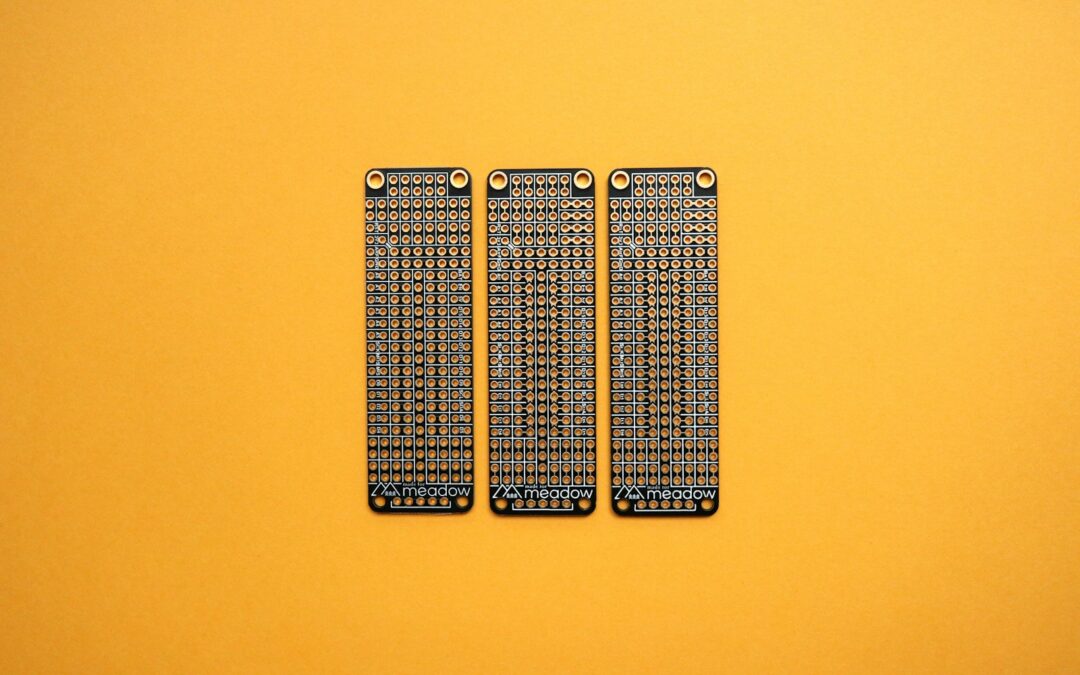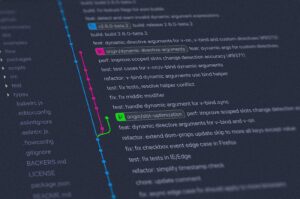Strategies for Creating Adaptable IoT Systems
Introduction to Adaptable IoT Systems
Designing adaptable IoT systems is crucial for businesses aiming to stay ahead of technological advancements and changes. In dynamic regions like Saudi Arabia and the UAE, where innovation drives economic growth, creating IoT systems that can seamlessly adapt to future technologies is a strategic imperative. The flexibility of such systems ensures long-term viability and reduces the need for frequent overhauls, aligning with the digital transformation goals of cities like Riyadh and Dubai. This adaptability not only enhances operational efficiency but also provides a competitive edge in an ever-evolving technological landscape.
A key strategy for designing adaptable IoT systems is to implement a modular architecture. By breaking down the system into smaller, self-contained modules, businesses can easily upgrade or replace individual components without disrupting the entire system. This approach is particularly beneficial in sectors such as smart cities and healthcare, where continuous innovation is essential. For example, in Riyadh’s smart city initiatives, modular IoT systems allow for the independent upgrading of traffic management, energy distribution, and public safety modules. This modularity ensures that the overall system remains up-to-date with the latest technological advancements without significant downtime or cost.
Another important strategy is to leverage open standards and protocols. Using widely accepted communication protocols ensures that IoT systems can integrate seamlessly with new devices and platforms as they emerge. This approach promotes interoperability and future-proofs the system against obsolescence. For instance, in the UAE’s rapidly growing tech sector, businesses can benefit from IoT systems that communicate using standard protocols like MQTT or CoAP. This ensures that as new technologies are developed, they can be easily integrated into existing systems, maintaining continuity and enhancing the system’s overall functionality.
Incorporating AI and Machine Learning
Incorporating artificial intelligence (AI) and machine learning (ML) into IoT systems is another strategy for ensuring adaptability to future technological changes. AI and ML enable IoT systems to learn from data, adapt to new conditions, and improve their performance over time. In regions like Saudi Arabia and the UAE, where AI is a key component of national strategies, integrating these technologies into IoT systems can drive significant business innovation. For example, AI-powered IoT systems in Dubai’s healthcare sector can analyze patient data in real-time, predict health issues, and suggest preventative measures, thus improving patient outcomes and operational efficiency.
AI and ML can also enhance the scalability of IoT systems. By using predictive analytics, these technologies can anticipate system demands and allocate resources accordingly, ensuring optimal performance even as the system grows. In Riyadh’s smart city projects, AI can analyze traffic patterns to optimize traffic flow, reducing congestion and improving urban mobility. This ability to adapt dynamically to changing conditions makes AI and ML integral to designing future-proof IoT systems. Moreover, businesses can use these technologies to gain insights from IoT data, driving informed decision-making and fostering continuous improvement.
To successfully integrate AI and ML into IoT systems, businesses must invest in robust data management and processing capabilities. This includes deploying edge computing solutions that bring data processing closer to the source, reducing latency and enhancing real-time decision-making. In the UAE, where smart infrastructure projects are on the rise, edge computing can support the deployment of AI and ML at scale, ensuring that IoT systems remain adaptable and responsive to future technological advancements. By prioritizing AI and ML integration, businesses can create IoT systems that are not only adaptable but also intelligent and self-improving.
Ensuring Security and Compliance
Security and compliance are critical considerations when designing adaptable IoT systems. As IoT systems become more integrated and complex, they also become more vulnerable to cyber threats. Ensuring robust security measures is essential to protect sensitive data and maintain the integrity of the system. In regions like Saudi Arabia and the UAE, where data protection regulations are stringent, compliance with local and international standards is a key aspect of IoT system design. This involves implementing encryption, authentication, and access control mechanisms to safeguard data and prevent unauthorized access.
A proactive approach to security involves regular updates and patches to address emerging threats. In Dubai’s advanced IoT deployments, continuous monitoring and automated patch management can ensure that the system remains secure against new vulnerabilities. Additionally, adopting a zero-trust security model, which assumes that threats can exist both inside and outside the network, can enhance the system’s resilience. This approach requires strict verification for every access request, minimizing the risk of breaches and ensuring that the IoT system can adapt securely to new technological environments.
Compliance with regulatory standards is equally important for the long-term adaptability of IoT systems. Adhering to frameworks like GDPR, HIPAA, or local data protection laws ensures that IoT deployments remain lawful and ethical. In Saudi Arabia, compliance with the National Cybersecurity Authority’s guidelines is essential for businesses operating IoT systems. This compliance not only protects the organization from legal repercussions but also builds trust with customers and stakeholders. By prioritizing security and compliance, businesses can design IoT systems that are robust, trustworthy, and adaptable to future technological advancements.
Conclusion: Future-Proofing IoT Systems
Designing adaptable IoT systems is crucial for businesses looking to remain competitive in the face of rapid technological change. By implementing modular architectures, leveraging AI and ML, and ensuring robust security and compliance, businesses in Saudi Arabia and the UAE can create IoT systems that are flexible, scalable, and future-proof. These strategies enable businesses to continuously innovate and adapt, ensuring long-term success and sustainability in a dynamic technological landscape.
—
#DesigningAdaptableIoTSystems, #IoTSystems, #ModularDesign, #AIinIoT, #FutureProofingTechnology, #BusinessInnovation, #SaudiArabia, #UAE, #Riyadh, #Dubai













